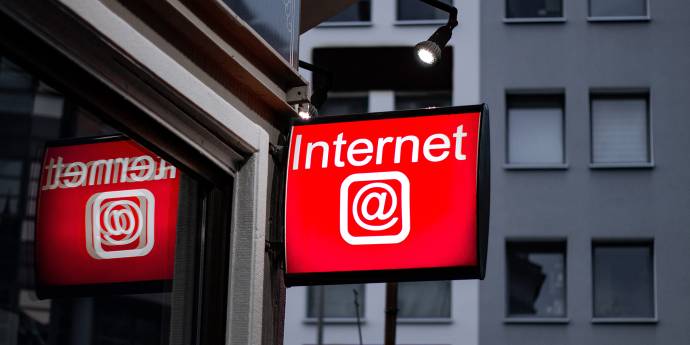Multiplying the impact
Could collaboration ease the pain in the for-purpose sector? Suzanne Cookson believes it can and that change can be multiplied by doing so.

On line, or “virtual” board meetings, are now becoming more popular, thanks in part to the improved platforms (Zoom, Go to Meeting etc.,) and universal high-speed internet, now available, but also to save costs and time. In addition we now have the added urgency occasioned by the COVID 19 virus which has shut down most face to face meetings. That said, the technology ‘promise’ of virtual meeting products – still hasn’t seemed to have reached the experience expectation that was set some years ago.
Some meetings can be where some directors may be there with management in person, with others joining via a video capable internet platform, and/or others on a phone link where there is insufficient or unstable coverage.
They are however not ideal and in normal times should probably not be used to excess – we have probably all experienced that sometimes the best business discussions happen in the less-formal environments that can precede or follow physical board meetings. But the disadvantages of virtual meetings can be mitigated by some simple protocols to enable meetings to run smoothly, and most importantly enable a proper decision or consensus to be reached on important issues.
Last, it is up to the chair to ensure that the virtual meeting is justified with rescheduling being an option, if possible. Also, the chair has the primary responsibility for ensuring that the meeting runs smoothly and that decisions are taken properly and efficiently.
Author: Rick Christie CFInstD is a non-executive director with extensive experience at senior executive and board level.
Rick is also a mentor on the IoD's Mentoring for Diversity programme